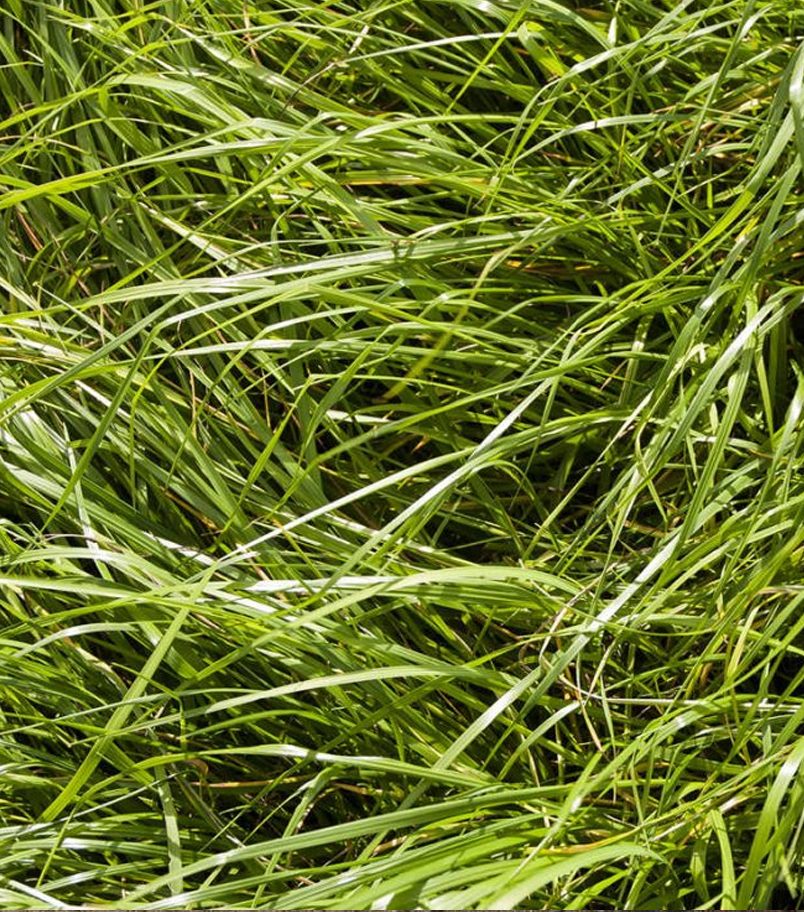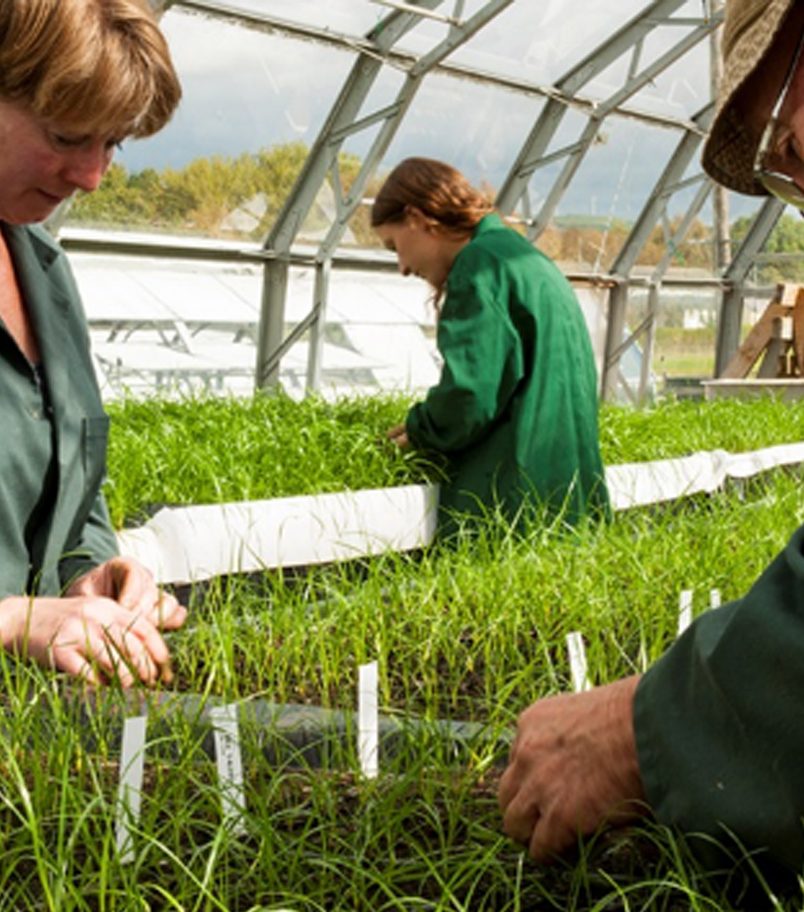Winter is a good time to think about how to maximise cow performance from forage in the coming year.
Growing good quality forage is not straightforward but there are plans you can put in place now to benefit your herd’s potential performance from using your forage more effectively. Ben Wixey, National Agricultural Sales Manager, shares his ‘top tips’ on what you could do this winter:
Think beyond volume
Forage is not all about DM tonnage in the clamp. Producing large volumes of stemmy grass gone to seed is nutritionally poor and indigestible. Instead, focusing on the metabolisable energy (ME) a hectare of grassland can produce can release more milk potential. Multi-cut silaging is one way to achieve this change; the level of ME/ha obtained is far higher than traditional systems. The increased cutting encourages rapid regrowth, improves the energy levels of the grass and leads to more consistent silage. What you might pay in higher contractor fees, you can recoup in greater milk potential and financial returns.
“We have a 700 strong dairy herd and aim to produce 50-55% of milk from forage, so producing lots of high-quality forage is key to the success and sustainability of the business. We aim to cut grass every four weeks during the silaging season. The silage we are producing has a good nutritional value and is highly digestible.” James Evans, dairy farmer, Mid Wales
Reflect on forage performance
Look back at how your forage has performed this year and establish your goals for next year. How much forage did you produce? And of what quality? Did you have any underperforming fields? Talk to your nutritionist about what you need to produce to support your performance goals of your cows. Compare this to your yield data and grass/silage sample results. You may need to carry out further sampling to identify poorer performing grassland and help target remedial work.
Measure forage production
Regular grass measurements with a plate meter provide useful, accurate data, but simply recording the number of trailer-loads you take off silage ground or how many times specific areas of grassland are grazed provides a benchmark. If you don’t measure, you can’t monitor improvements. Fresh grass and silage analyses also give you an idea of the nutritional quality and potential of forages in specific areas.
Check soil health
Soil compaction has a strong influence on performance potential. Vehicle movement from harvesting first cut alone can result in over half of grassland being compacted. Plough pans can prevent grassroots penetrating the soil adequately; cows grazing on wet ground can cause similar problems. Assess compaction by digging a few test holes in your grassland and smell the soil. If soil is too compact and not suitably aerated it smells putrid or like anaerobic silage. Then feel it. A healthy soil crumbles in your hands; it shouldn’t break off in large clumps.
Take the pressure off
Grass grows more grass. To see the best rates of regrowth, aim to move cows onto fresh pasture once the grass is grazed down to a maximum of 7cm. To avoid grazing below this point, adjust stocking rates, change the paddock size or alter the rate of rotation. This might need to involve new fencing, gates and water troughs, but longer-term, this will help grass growth and productivity.
Extend your rotation with brassicas
Brassicas are a good option for extending autumn grazing and offering forage stocks through the winter. They provide a cost-effective alternative source of protein to bought-in feed and are a valuable pest suppressor between grass reseeds. Plan to sow brassicas in either late spring or July/early August.
“The Redstart had a direct feed benefit and helped maintain the herd’s milk from forage performance, but it also proved to be a useful break crop and improved the soil condition of the old grass ley into which the brassica mix had been drilled.” Tom Mansell, dairy farmer, Cheshire
Find the right grass varieties
Select grass mixtures with varieties on the latest Recommended Grass and Clover List (RGCL) and high performers in terms of ME yield/ha. It’s worth looking closely at the differences between them and seeking advice if unsure what’s right for you. The energy difference between the highest and lowest-ranked varieties is 18,000 MJ/ha or a possible 3,400 litres of milk per hectare per year.
For silaging, grass varieties should be at their optimum level of quality and maturity when cut, so a small heading date range is best. A range of over 10 days means some varieties will have put up seed heads, while others are still leafy, impacting the quality and digestibility of the silage. Heading dates are given in the RGCL.
“HSG 4 is a very versatile seed mix and complements our approach on the farm well. It provides plenty of high sugar grasses for grazing in the early part of the season and each silage cut we take has a progressively higher protein content, with first cut yielding around 16% protein and final cuts producing silage with a protein content of 19%.” Ian Farrant, beef farmer, Worcestershire
Plan to reseed
If your end goal is to maximise the benefits of homegrown forage, reseeding is fundamental. If you don’t reseed, the percentage of perennial grasses declines as native grasses increase, producing poor quality grass, hard for cows to digest.
Routine reseeding requires investment but is one of the best ways to maintain sward performance and nutritional quality. Grassland renewal rates sit around 5-6% in the UK, suggesting many leys are left down past their optimum performance levels.
To find out more about planning ahead for next season, contact Ben Wixey on 07990 578550.



